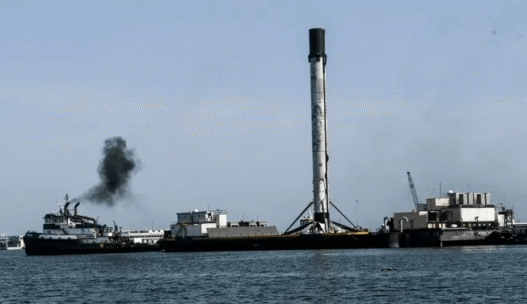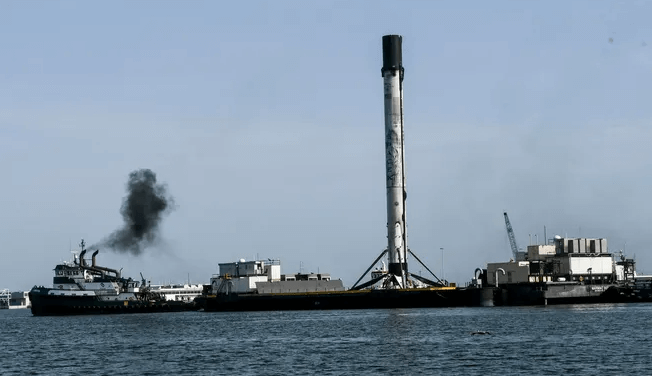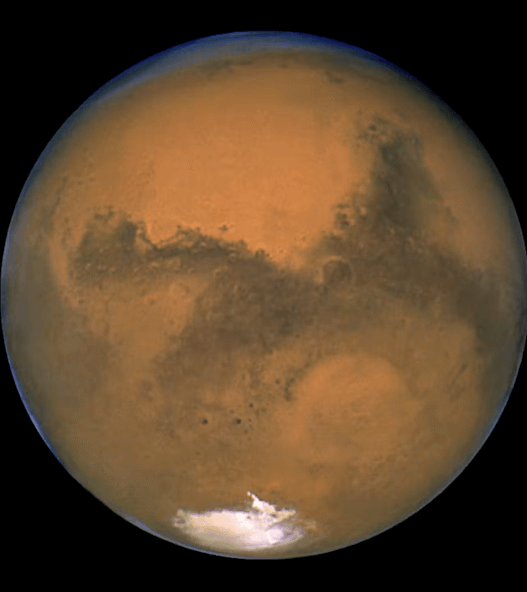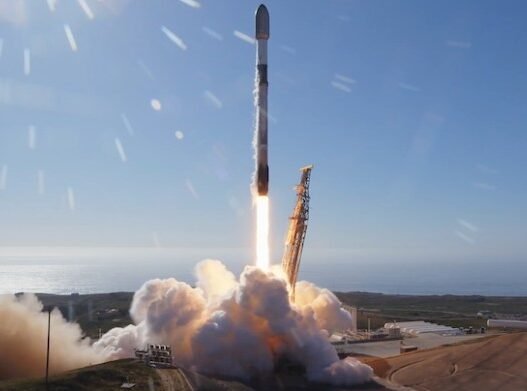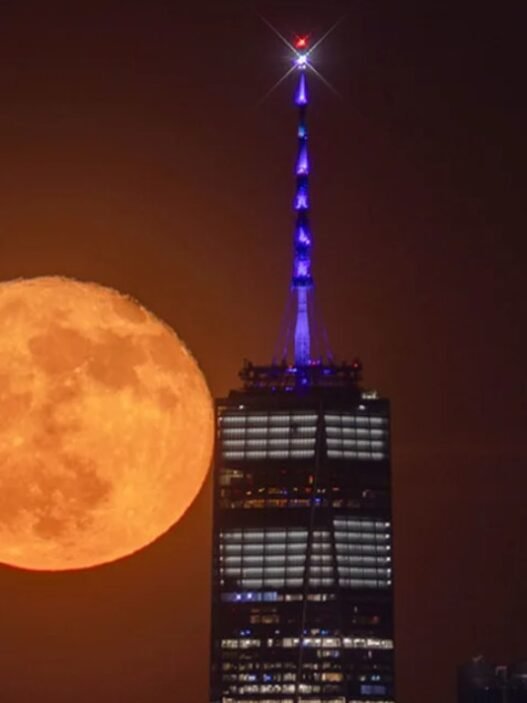On May 6, 2025, SpaceX launched its Falcon 9 rocket from Cape Canaveral Space Force Station’s Launch Complex 40 at 9:17 p.m. EDT. The mission, named Starlink 6-93, sent 28 Starlink V2 Mini satellites into low Earth orbit.
The Falcon 9 used first-stage booster B1085, which has now flown seven times. After stage separation, the booster landed on SpaceX’s drone ship, “Just Read the Instructions,” in the Atlantic. This landing happened about eight minutes after liftoff. It shows SpaceX’s commitment to reusable rockets, which cut costs and boost launch frequency.
Before the launch, weather conditions were mostly good. The 45th Weather Squadron reported an 85% chance of a “go” for launch. There were some concerns about anvil and cumulus clouds. Still, the launch went ahead without delays or issues.
This mission marked SpaceX’s 470th Falcon 9 launch. It highlights the company’s impressive growth in orbital missions. The Starlink program is key to SpaceX’s operations, with thousands of satellites in orbit serving remote areas around the world.
Every Starlink launch improves global internet access. It also helps SpaceX gain experience for bigger goals, like deep space exploration and colonizing Mars. With more Starlink missions planned for 2025, SpaceX is solidifying its role as a leader in the commercial space industry.
SpaceX shows no signs of slowing down. Future missions will boost satellite capacity. They will create stronger spacecraft and help with global connectivity efforts.









